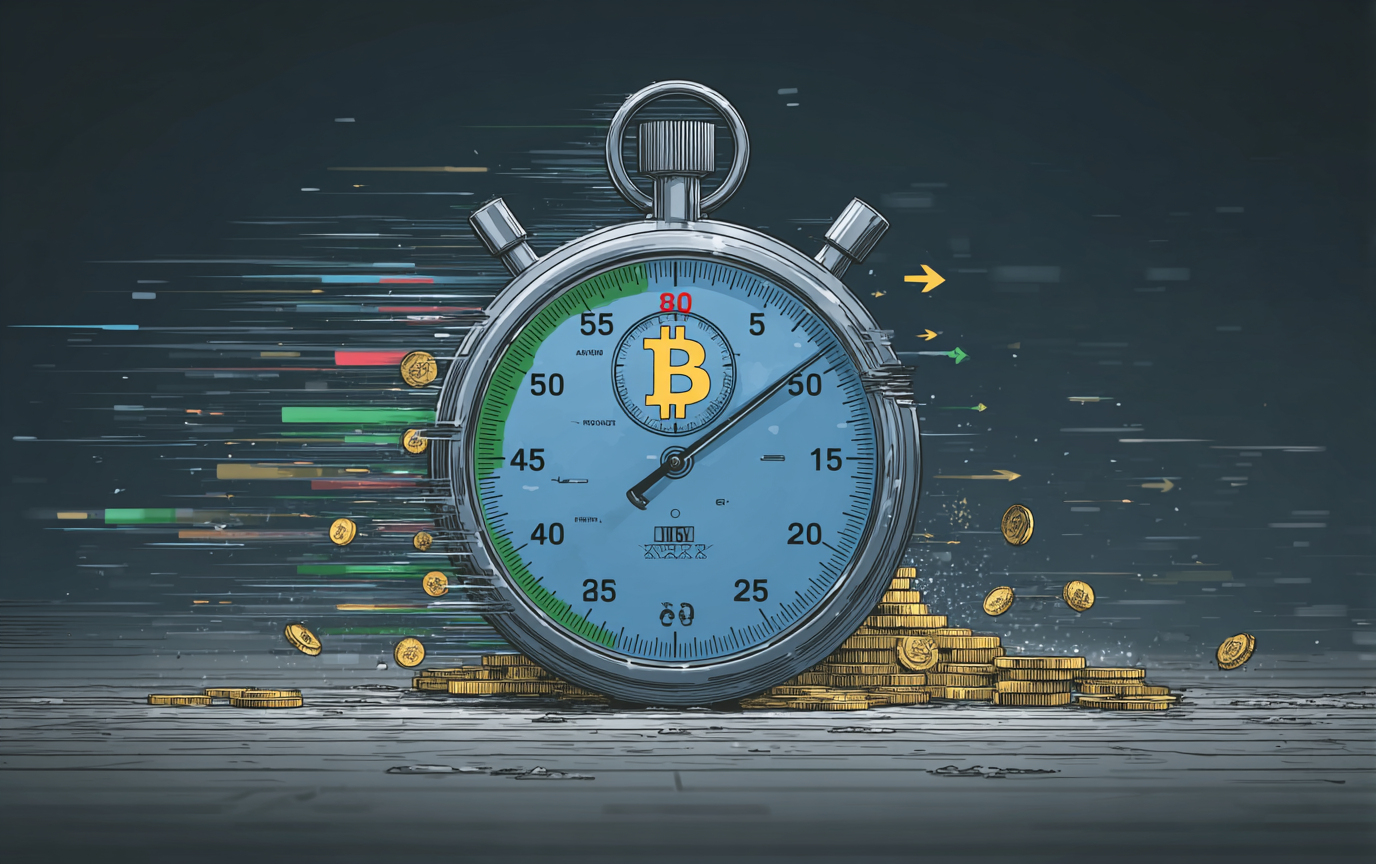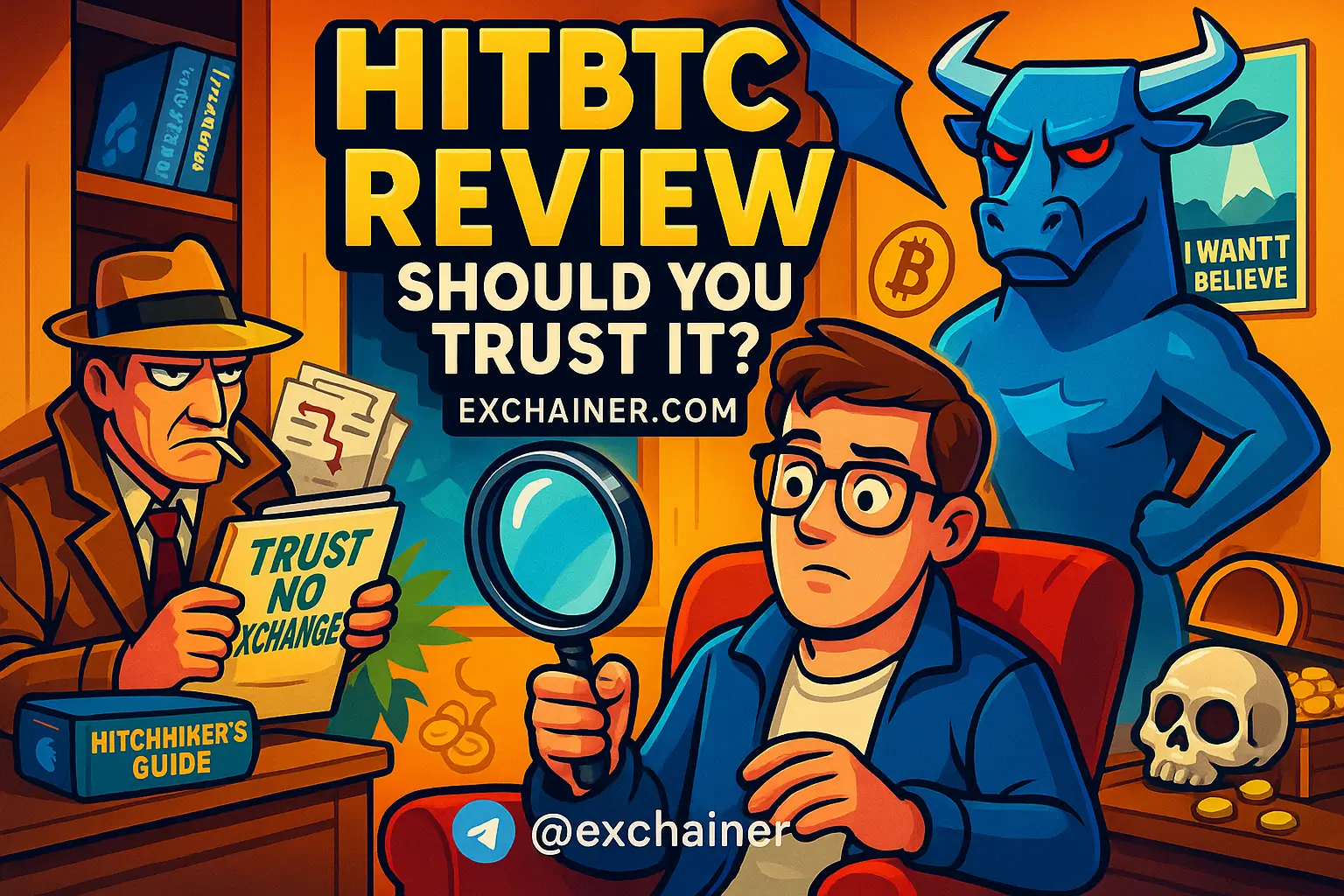The world of cryptocurrency can feel like a whirlwind of numbers and technical jargon, especially when you’re just starting out. One of the most crucial components of this space is understanding transaction speeds. Have you ever wondered why some transactions on the blockchain are instant while others can take hours? Understanding transaction speeds in cryptocurrency is essential for making informed trading decisions and ensuring your activities in the crypto space are smooth and efficient. In this guide, we’ll break it down for you, starting from the basics of what transaction speeds are, the factors that affect them, and how they impact your trading experience.
By grasping the nuances of transaction speeds, you’ll be better equipped to choose the right cryptocurrencies and platforms for your needs. Whether you’re simply curious about “what is crypto” or you’re ready to dive deep into trading, transaction speed is a vital aspect that can influence everything from costs to user experience. So grab a cup of coffee, and let’s unravel the mystery behind crypto transaction speeds together!
What Are Cryptocurrency Transaction Speeds?
At its core, transaction speed refers to how quickly a cryptocurrency transaction is confirmed and added to the blockchain. Unlike traditional banking systems where transactions are processed in a matter of seconds or minutes, crypto transactions depend on the underlying blockchain technology, which varies greatly between different cryptocurrencies.
For instance, Bitcoin transactions can take anywhere from 10 minutes to several hours to get confirmed, depending on network congestion—this is due to Bitcoin’s block size and mining speed limitations. In contrast, Ethereum transactions might be confirmed in seconds to a few minutes, while newer platforms like Solana or Binance Smart Chain boast lightning-fast transaction speeds, often processing thousands of transactions per second.
Some factors that influence transaction speed include:
- Network Congestion: When many people are using a blockchain simultaneously, it can slow down the transaction process.
- Block Size: The maximum amount of data a block can hold will dictate how many transactions can fit into one block.
- Transaction Fees: Higher fees can incentivize miners to prioritize your transaction over others.
Understanding transaction speeds is crucial for users who want to maximize their trading efficiency and minimize costs. So, let's dive into how you can leverage this knowledge in the world of cryptocurrency!
Factors Affecting Transaction Speeds
Every cryptocurrency operates on its unique algorithm and infrastructure, resulting in varying speeds. Here are some critical factors that influence transaction speeds in the world of digital currencies:
1. Blockchain Protocol
Each cryptocurrency has its protocol dictating how transactions are processed. For example, Ethereum has implemented a system to prioritize transactions based on gas fees, while Bitcoin relies more on block confirmation times. Understanding these protocols can help you anticipate how fast your transactions will be.
2. Network Activity
Network activity often affects transaction speeds. During busy periods, like when a popular NFT is dropping or news influences prices, a spike in transactions can lead to congestion. This is when miners and validators get overwhelmed, and your transaction might unexpectedly take longer.
3. Transaction Fees
Transaction fees are another driver of speed. Miners often prioritize transactions with higher fees since they receive these fees as a reward. If you’re in a hurry to have your transaction confirmed, consider placing a higher fee to get quicker service.
4. Block Confirmation Times
Each blockchain has its own time it takes to generate a new block. Bitcoin, for example, has an average block time of approximately 10 minutes, while Ethereum aims for around 15 seconds. Knowing these times can help gauge how quickly you might expect your transaction to clear.
5. Confirmation Requirements
Some platforms may require multiple confirmations for a transaction to be deemed complete. For instance, exchanges might require 3 to 6 confirmations before allowing you to access your funds. This can add further delays to the transaction speed.
How Transaction Speeds Impact Trading
Now that you have an understanding of what affects transaction speeds let’s look at how this knowledge can significantly impact your trading strategy.
1. Timing Your Trades
Knowing transaction speeds allows you to time your trades better. For example, if you anticipate a price movement, you can submit your transaction during less congested hours or increase your transaction fee to ensure prompt execution.
2. Avoiding Losses
If a transaction takes longer than expected, you risk missing out on an excellent buying opportunity or getting caught in a price drop. By understanding the average speeds of different cryptocurrencies, you can plan your entry and exit points accordingly.
3. Choosing the Right Platforms
Various exchanges and wallets have different transaction speeds. Researching and choosing an exchange that offers faster transaction speeds can improve your overall trading experience. This is especially crucial for day traders or scalpers who rely on quick buy-and-sell strategies.
4. Understanding Costs
Higher transaction speeds often come with higher fees. Understanding this relationship allows you to make educated choices about how much you’re willing to spend versus how quickly you want your transaction to process. Balancing cost against speed is essential for profitable trading.
5. Managing Your Crypto Portfolio
The speed of transactions can also affect how you manage your cryptocurrency assets, especially when moving funds between wallets or exchanges. If you consistently require fast transfers, consider using cryptocurrencies known for their rapid transaction speeds, like Solana.
Tips to Improve Your Transaction Speed
If you’re looking to streamline your transaction process, here are some practical tips to consider:
-
Choose the Right Time: Timing is everything! Make your transactions during off-peak hours when network congestion is low.
-
Adjust Your Fees: If you're not in an absolute rush, aim for the average fee to save costs; if time-sensitive, offer a higher fee to boost speed.
-
Utilize Layer 2 Solutions: Blockchains like Ethereum face many scalability issues; utilizing Layer 2 solutions such as Polygon can significantly improve transaction speeds.
-
Stay Informed: Keeping tabs on network status using platforms like EthGasStation can help anticipate congestion periods.
-
Experiment with Different Cryptos: Different projects have varying speeds. Test a few to find which one meets your trading needs.
Conclusion
Understanding transaction speeds in cryptocurrency is not just an academic exercise; it's a vital skill for anyone looking to navigate this fast-paced world effectively. By grasping how different factors contribute to transaction speeds, you'll be empowered to make smarter decisions and minimize delays. Whether you're aiming for precise timing in trading or just want to make your transactions flow more smoothly, the key lies in knowledge and preparation.
Make sure to keep exploring our resources, as we have in-depth guides and articles that will help you further on your crypto journey. Want to learn more? Check out our comprehensive resources in these categories: Crypto 101, Exchange Reviews, and Tools and Wallets. Start your crypto journey today, and ensure you’re always ahead of the game!












